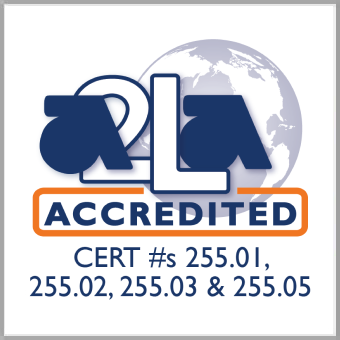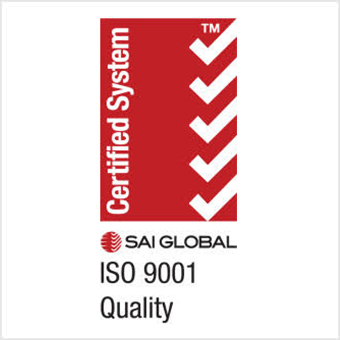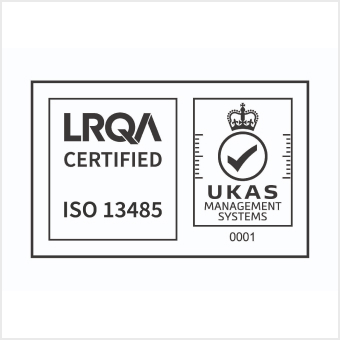DIN 53 521 – 1987 (Withdrawn in 1999)
1. Introduction to DIN 53 521 – 1987
DIN 53 521 – 1987 is a German Industrial Standard that provides a method for measuring the abrasion resistance of rubber. Abrasion resistance is an essential property for rubber materials used in applications that undergo continuous friction or contact with other surfaces. The standard specifically applies to vulcanized rubber and is widely used in industries such as automotive, mining, and manufacturing, where rubber components experience significant wear and tear.
The abrasion test described in this standard helps assess how much material is lost from a rubber specimen under controlled conditions of friction and pressure, providing valuable data on the material’s durability.
2. Purpose and Scope
The primary purpose of DIN 53 521 – 1987 is to provide a consistent method for evaluating the abrasion resistance of vulcanized rubber. The scope of the standard covers the following:
- Wear Resistance: The ability of a rubber sample to resist wear when exposed to friction, which is critical for determining its longevity and performance in applications where abrasion is a concern.
- Testing Conditions: The standard specifies the conditions under which abrasion testing should take place, including the type of equipment to be used, the test procedure, and the measurement techniques.
- Comparison of Materials: It allows for the comparison of different rubber materials based on their resistance to abrasion, helping manufacturers select the right rubber type for a given application.
The standard is applied across a broad range of industries, such as automotive, industrial machinery, mining, and consumer goods, where rubber parts may experience wear, friction, or mechanical stress.
3. Overview of the Testing Process
The testing process outlined in DIN 53 521 – 1987 involves exposing a rubber specimen to controlled frictional forces under specific conditions. The key steps in the process are:
- Sample Preparation: Rubber specimens are prepared according to the specifications of the standard. These samples must be of a uniform size and shape to ensure consistency in testing. Typically, samples are prepared as discs or other shapes depending on the specific requirements.
- Test Equipment: The test requires specific equipment, typically a Abrasion Testing Machine, that applies a known frictional force to the rubber sample. The most commonly used apparatus is a Crockmeter or Taber Abraser, which provides controlled conditions of pressure, speed, and friction.
- Test Conditions: The rubber sample is exposed to the test conditions, including a defined load, rotational speed, and abrasive surface. The wear rate is determined by how much material is lost after a specific number of cycles or time intervals.
- Evaluation: After the test, the rubber specimen is weighed to determine the mass loss, and the extent of wear is assessed. The mass loss is used to calculate the abrasion index, which indicates the rubber’s resistance to wear.
- Reporting Results: The results are reported as the mass loss per unit of time or cycles, often expressed in terms of mm³ loss per 1,000 cycles. This quantifies the material’s resistance to wear and provides a benchmark for comparison with other rubber materials.
4. Key Test Parameters and Equipment
- Test Specimens: The rubber samples should be prepared in a consistent manner, ensuring that the dimensions and surface properties are standardized across all tests. These specimens are typically prepared as circular or rectangular pieces, depending on the machine and method used.
- Test Machine: The abrasion test machine used is a mechanical apparatus designed to simulate the effects of friction on rubber materials. It typically consists of a rotating drum or wheel that applies a known force to the rubber specimen while it is in contact with an abrasive surface. The machine may be a Taber Abraser or Crockmeter, both of which provide reproducible results.
- Abrading Surface: The abrasive surface can vary depending on the test conditions but is typically a sandpaper or a rubber abrasive. The type of abrasive surface used is selected based on the intended use of the rubber material in real-world applications.
- Load and Speed: The test conditions must define the load (how much weight is applied to the rubber) and the speed (the rate at which the sample is rotated or moved). These conditions are critical to ensuring that the test results are consistent and accurate.
- Test Time: The duration of the test is also specified in the standard. The number of cycles, or the total time the rubber is exposed to abrasion, can influence the wear patterns and is a crucial factor in evaluating the rubber’s performance.
5. Key Properties Evaluated
The abrasion resistance of rubber is evaluated by measuring the following properties after the test:
- Mass Loss: The most common result reported in abrasion tests is the mass loss of the rubber sample. This is measured in milligrams or grams and provides an indication of how much material was worn away during the test.
- Wear Rate: The wear rate is the speed at which the rubber material loses mass due to friction. A higher wear rate indicates lower abrasion resistance, while a lower wear rate suggests higher durability.
- Abrasion Index: The abrasion index is a calculated value based on the mass loss over a set number of cycles or time. It provides a quantifiable measure of the material’s ability to resist wear.
- Visual Inspection: In addition to mass loss and wear rate, visual inspection may reveal cracks, tears, or surface degradation, which provide additional insight into the material’s wear resistance.
6. Applications of DIN 53 521 – 1987
The abrasion resistance test described in DIN 53 521 – 1987 is crucial for selecting materials that will be exposed to friction and wear in various applications. Some key industries and applications include:
- Automotive Industry:
- Tires, rubber seals, bushings, and gaskets are all subjected to wear due to constant contact with road surfaces, other parts, or harsh environments. Testing abrasion resistance is essential to ensure that these components have the durability needed for long-term performance.
- Industrial Equipment:
- Rubber components in industrial machinery, such as belts, hoses, and seals, often experience frictional forces. Ensuring that these parts have sufficient abrasion resistance helps reduce maintenance costs and downtime.
- Mining and Heavy Machinery:
- Rubber used in mining equipment, including conveyor belts and gaskets, is exposed to constant wear from abrasive materials. Materials tested for abrasion resistance help ensure that these parts last longer under harsh conditions.
- Consumer Goods:
- Rubber used in shoes, flooring materials, and sporting goods must also be tested for abrasion resistance. This ensures that the products perform as expected and last through regular use.
- Aerospace and Military:
- Rubber components in aerospace and military applications, including seals, gaskets, and dampers, often experience wear under extreme conditions. Abrasion testing ensures that the materials can withstand these challenging environments.
7. Reporting and Interpretation of Results
Once the abrasion test is complete, the results are compiled into a report that includes:
- Mass Loss: The total mass of rubber lost during the test, which provides a direct measurement of the material’s wear resistance.
- Abrasion Index: This is a calculated figure that provides a quantifiable comparison between different rubber materials based on their wear characteristics.
- Visual Inspection Results: Any visible degradation, such as cracking or tearing, is noted and analyzed.
The report allows engineers, manufacturers, and material scientists to assess how well a rubber material will perform in real-world applications and determine if it is suitable for its intended use.
8. Limitations and Considerations
While DIN 53 521 – 1987 provides a standardized test method, several limitations and considerations must be kept in mind:
- Test Conditions: The results of the test depend heavily on the conditions under which the test is conducted, including the load, speed, and abrasive surface used. Different test setups can lead to different results.
- Material Variability: The test results may vary depending on the rubber formulation and manufacturing process. Each rubber compound may have unique wear characteristics.
- Real-World Relevance: Although the abrasion test simulates wear conditions, it may not fully replicate the complex, multi-faceted wear scenarios encountered in actual applications. Additional testing may be required for more specific conditions.
- Environmental Factors: The temperature, humidity, and chemical environment in which the rubber will be used can also influence its abrasion resistance. These factors are not always accounted for in the standard test.
9. Conclusion
DIN 53 521 – 1987 is a critical standard for assessing the abrasion resistance of vulcanized rubber, a vital property for materials used in applications exposed to wear and friction. By following the standardized test methods and conditions outlined in the standard, manufacturers and engineers can ensure that the rubber components they use will withstand the wear and tear of their specific applications.
This testing helps inform material selection, product design, and quality assurance processes across various industries, from automotive to industrial machinery, ensuring the reliability and longevity of rubber components.



